How to Justify Your Social Spending
Investing in social media is a strategic choice. It might not be the perfect option for all businesses, there is huge ROI potential for most brands.
A decade ago, social media was the wild, wild West of marketing.
Fast forward to present day and social isn’t such a shiny new toy anymore.
In fact, Aussie businesses are spending more than ever on social media. Whether you’re building communities or running ads, social has become a staple of doing business.
However, convincing others of the value of social media is easier said than done.
Why?
Because some people still have it in their heads that social media is still just a “free” marketing channel. Others might hold a harsher view, stuck believing that social is a total waste of time.
And so if you’re trying to convince your boss or colleagues to invest in paid social campaigns, you might be facing an uphill battle.
Don’t panic. We’ve got you covered.
How to Convince Others to Spend on Social Media
Now that social media has become increasingly pay-to-play, the ability to justify your social budget is absolutely crucial.
If you’re responsible for social on behalf of clients or within your own business, this guide’s for you.
Below we’ve broken down the steps you need to make the people around you loosen their purse strings. If nothing else, these tips can help you squeeze more ROI of your paid social campaigns in the future.
Now, let’s dive in!
1. Stick to Actionable Goals (and a Realistic Budget!)
This might seem like a no-brainer but goal-setting is easy to overlook.
Listen: nobody wants to throw money at a marketing campaign “just because.”
Ideally, your social media marketing efforts should be based on SMART goals.
Here’s a sample outline of a SMART set of goals for a paid social campaign.
Specific: “I want to acquire new leads and customers through Facebook ads.”
Measurable: “I will track our campaign performance in Facebook Ads Manager.”
Achievable: “Our campaign will target a CTR between 2-5%.”
Relevant: “Our ads will promote our latest product launch.”
Timely: “We’ll run a week-long test campaign before deciding to move forward.”

See how that works? Reasonable, actionable goals help paint a picture you’re going to do and prove that you’ve done your homework to whoever’s footing the bill.
And on that note, be wise with how you spend
It almost always (quite literally) pays to be conservative with both campaigns and paid tools. You can always “start small” with your budget and scale up down the road.
2. Figure Out Where Your Time is Going
If you‘re working on social media, chances are that you’re insanely busy.
Trust us: we get it.
If you’re interested in paid campaigns or tools, you need to understand what your schedule looks like on a day-to-day basis.
Maybe you’re conducting customer support and replying to clients.
Or maybe you’re crafting captions and promoting content.
Either way, the old saying of “time is money” still applies. Many of the most time-consuming tasks on social media can be sped up or downright eliminated through paid tools.
You can figure out your schedule by hand or with the help of a free time-tracker like Toggl. Through your analysis, you can see where your hours are going and how paid tools can help you become more efficient.
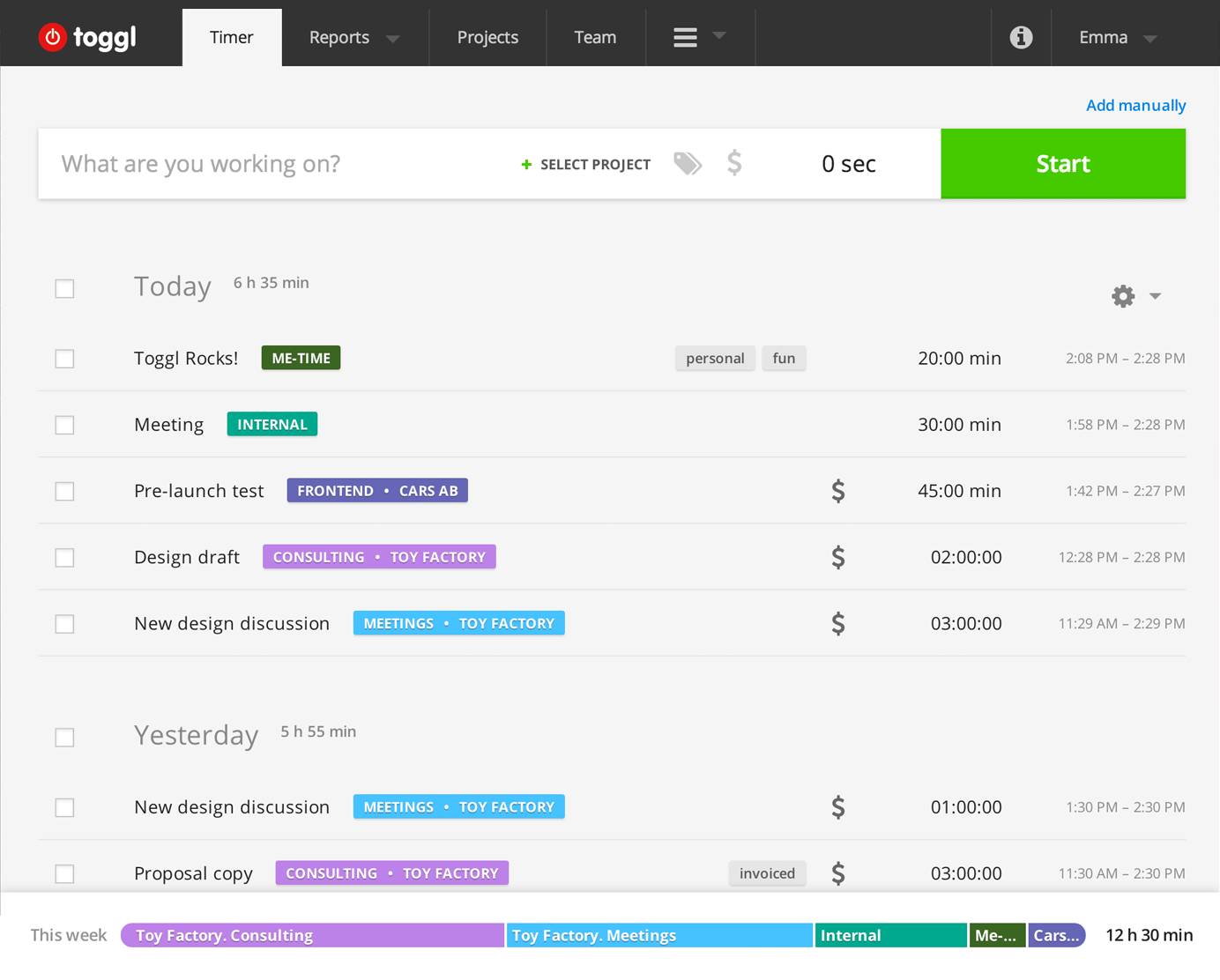
This ultimately results in a better ROI for your time at work and keeps you away from tedious tasks.
And in some cases, this exercise might open your eyes to just how much help you need.
Are you constantly working against the clock or can’t seem to get the results you’re looking for? It may very well be time to hire a social media agency to do the legwork for you.
3. Take Advantage of Free Tools and Trials
This tip is actually a two-way street.
For starters, you should take advantage of as many free tools as possible. Doing so will help keep your social budget in check without sacrificing performance.
You may be surprised at what you can do with a mostly-free marketing stack. Here’s a quick list of free (or freemium) tools to try out.
- Rivuu (social scheduling)
- AllHashtag (hashtag ideas and analytics)
- Iconosquare (free Instagram audit)
- Likealyzer (free Facebook audit)
- Phlanx (free Instagram engagement rate calculator)
- Shortstack (contest builder)
- Canva (social creatives such as icons and banners)
- Trello (project management and collaboration)
- Ucraft (landing pages)
- Feedly (content ideas and popular social articles)
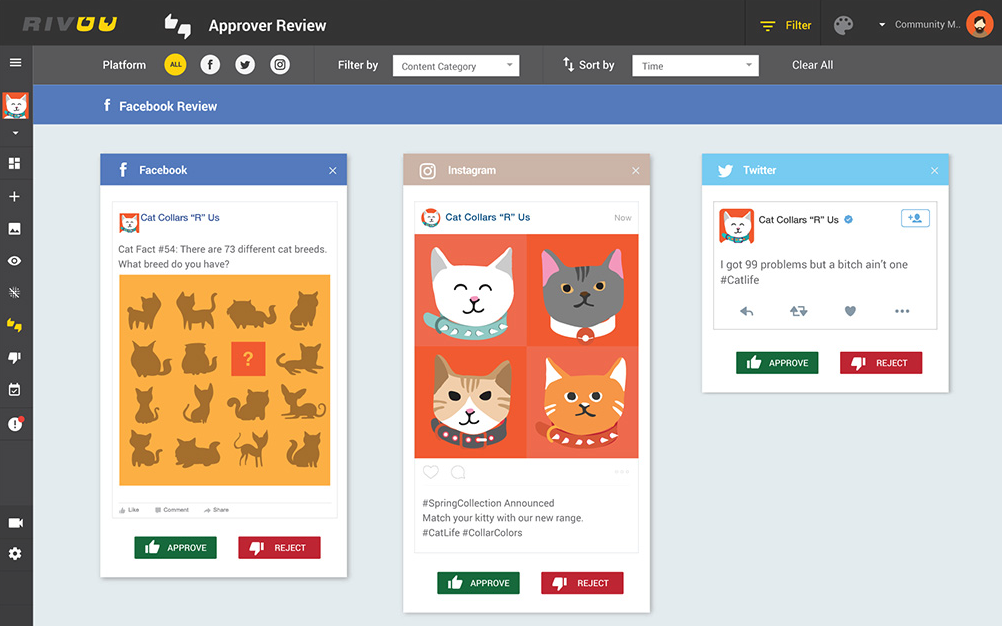
And secondly, taking advantage of free tools and trials will allow you to figure out the exact features that are worth paying for based on your business’ needs.
Splashing cash on a tool just to figure out that its junk is incredibly disappointing (and not exactly fiscally responsible). Exploring your options allows you to get the most bang for your buck.
4. Conduct Some Competitive Analysis
If you want some ideas on what your own social spending should look like, look no further than your competitor.
For example, are your competitors running paid ad campaigns? Seeing competitors pop up in your Facebook or Instagram feed is a sign that you might need to step up your own paid efforts.
Similarly, you can sometimes spot what tools your competitors are using simply based on their campaigns and social activity. Note that social schedulers like Buffer boast their own custom URL shortener as their sort of “calling card.”

Heck, some businesses are totally transparent about the tools that they use. Speaking of Buffer, they have a detailed breakdown of their marketing stack in this post:
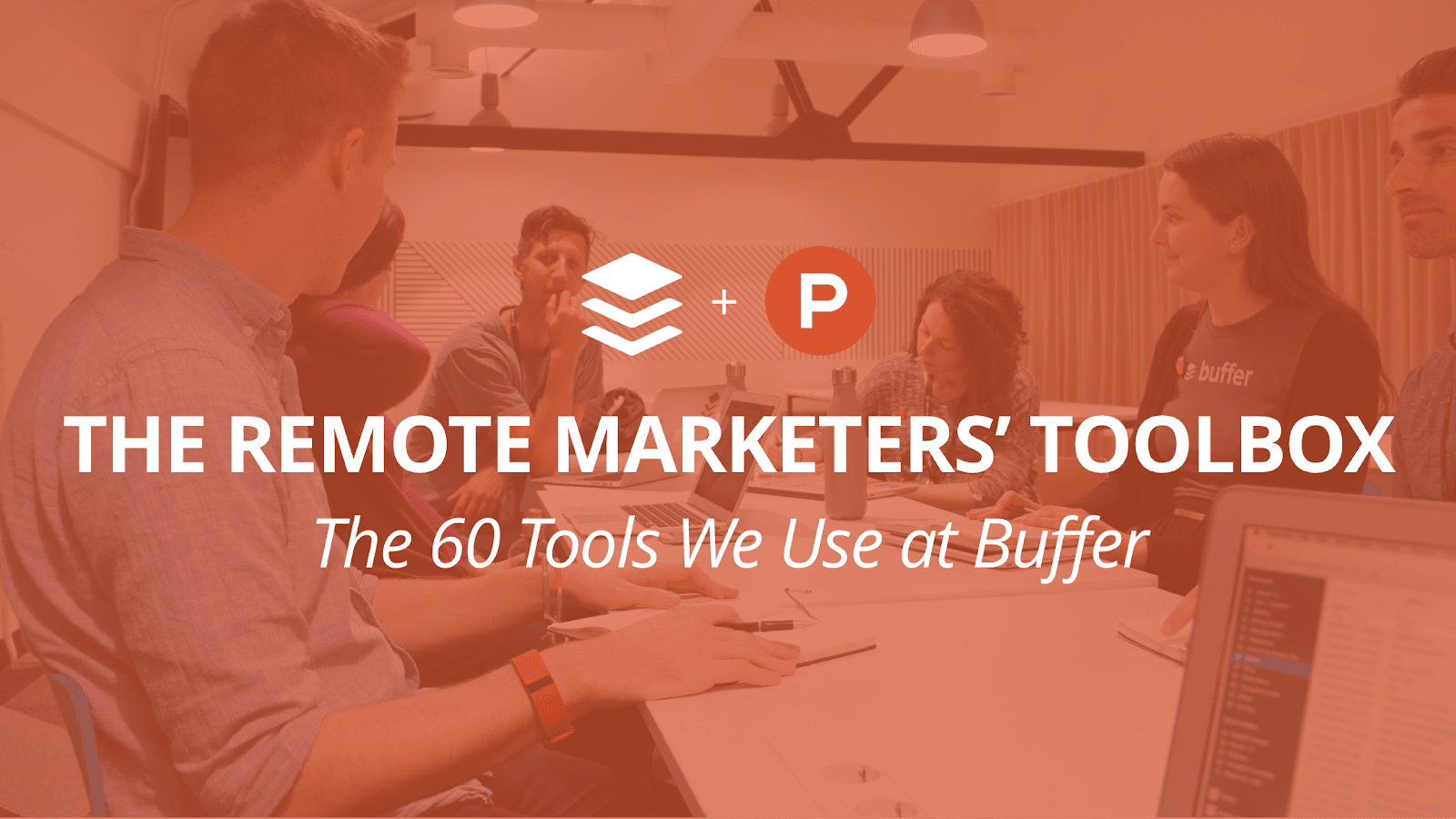
Just remember that such analysis isn’t about keeping up with the neighbors. Instead, your goal should be to understand who in your space is serious about their social presence and what you can do to stay competitive.
5. Run Some Test Campaigns
Test campaigns are a smart move regardless of what your budget might be.
Your boss or colleagues might want to test the waters before spending big and, hey, rightfully so.
Much like tree trials, test campaigns can provide some much-needed peace of mind and save you some serious dough in the process.
For example, Facebook allows you to set a campaign budget that adheres to a specific dollar amount. This keeps you from spending crazy amounts of money while also optimizing your campaigns for engagement.
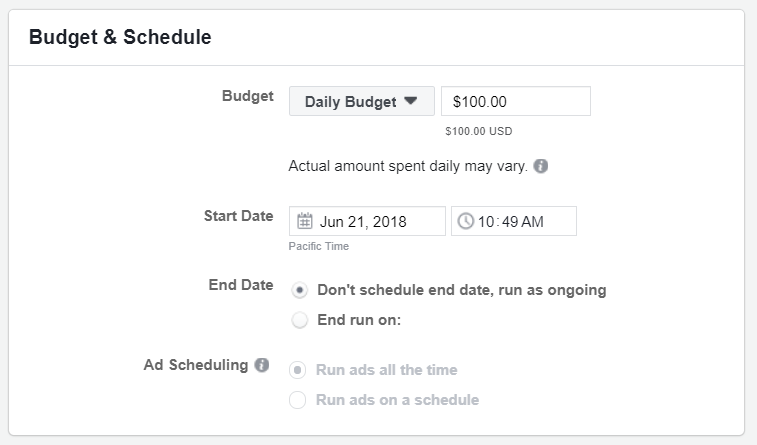
As noted earlier, the name of the game is to start small and scale later.
The same rules apply to influencer campaigns, too. For example, you can invest in smaller micro-influencers who can help boost your Instagram engagement at a bargain. Based on recent figures, you can spend at little as ~$110 AUD for a micro-influencer post which can serve as a stepping stone toward larger influencer outreach.
6. Step Up Your Reporting
Social spending goes hand in hand with proving your ROI.
The better your returns, the more resources you can allocate toward your campaigns.
Proving that what you’re doing is working really boils down to how you present your reports. This means not only gathering data but also looking beyond vanity metrics.
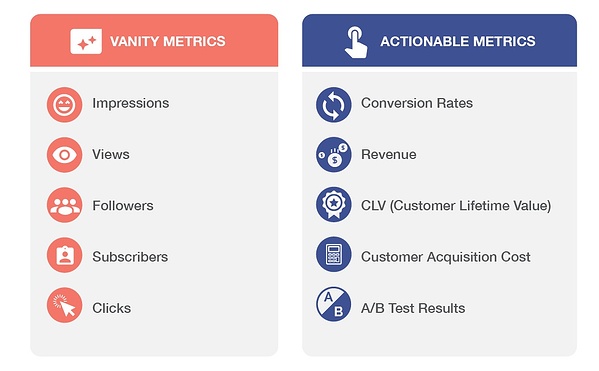
This is where tools such as Facebook Ads Manager can be a life-saver. Here you’re able to highlight specific performance metrics related to your goals such as reach, click-throughs and cost-per-click.
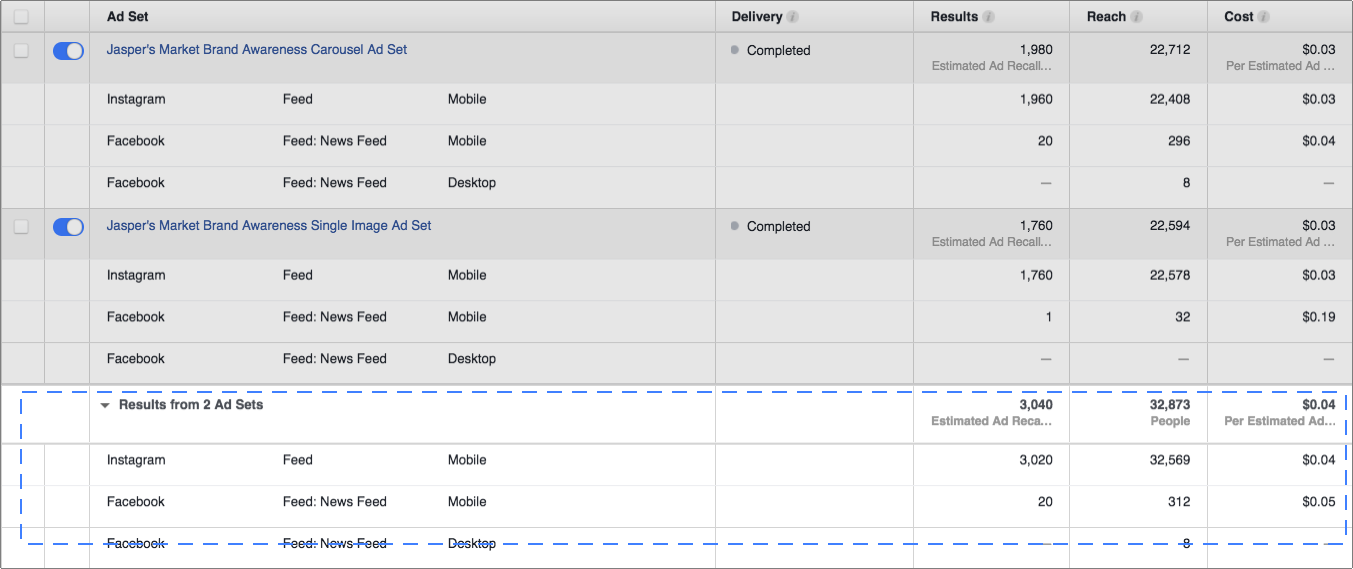
And of course, you can also track your campaigns in Google Analytics to prove that your social campaigns are resulting in meaningful traffic to your site. Pretty much any free or paid tool you use likewise has analytics to provide meaningful performance data you can hand over to your boss or colleagues.
How Do You Justify Your Social Spending
Social spending is a matter of “when,” not “if.”
And for modern marketers, that “when” is sooner rather than later.
Whether you’re having trouble convincing others of the value of social media or you just want to ramp up your paid efforts, these tips can do the trick.
If you still have questions about what it takes to run effective paid social campaigns or what you can do to make the most of your budget, don’t be shy about asking us! Feel free to reach out to Hello Social and see how we can help.







